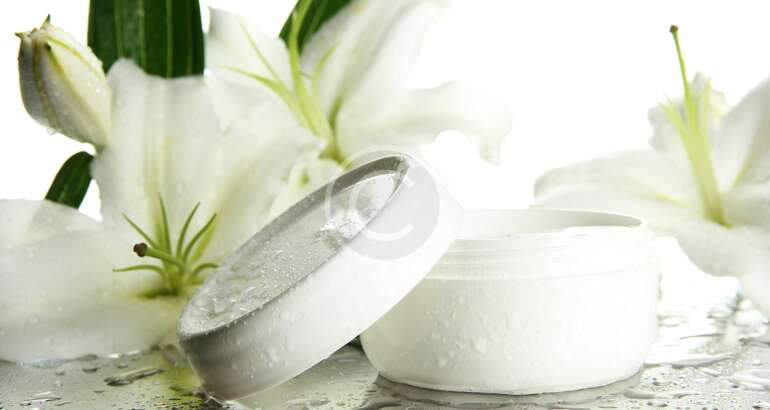Travel sickness – high altitude sickness, dive medicine, decompression sickness, frostbite
High Altitude Sickness
A higher risk of acute mountain sickness is connected with travel to elevations above 2500 meters (2000-3500 meters).
Acute Altitude Illness:
Acute mountain sickness (AMS), High altitude pulmonary edema (HAPE), and High altitude cerebral edema are the three syndromes (HACE)
EXAMPLES: PIKES PEAK, CUSCO, KILIMANJARO, EVEREST, BHUTAN
Prevention of AMS
- Gradual ascent
- The altitude at which one sleeps is more essential than the altitude at which one wakes up (“climb high/sleep low”). With AMS symptoms, do not ascend to a higher elevation to sleep.
- Spend 1-2 nights at 2500-3000m to acclimate (after reaching 2500 m)
- Increase altitude by no more than 500 m in 24 hours (after reaching 2500 m)
- Avoid sedatives and alcohol;
- Avoid overexertion and dehydration;
- Acclimate
- If there is no improvement at the same elevation (>500 m), descend.
- If there are any signs of HAPE or HACE, descend.
- Acetazolamide or dexamethasone
| MEDICATION | USE | ROUTE | DOSE |
| Acetazolamide | AMS, HACE prevention | Oral | 125 mg twice a day; 250 mg twice a day if >100 kg. Pediatrics: 2.5 mg/kg every 12 h |
| AMS treatment1 | Oral | 250 mg twice a day Pediatrics: 2.5 mg/kg every 12 h | |
| Dexamethasone | AMS, HACE prevention | Oral | 2 mg every 6 h or 4 mg every 12 h Pediatrics: should not be used for prophylaxis |
| AMS, HACE treatment | Oral, IV, IM | AMS: 4 mg every 6 h HACE: 8 mg once, then 4 mg every 6 h Pediatrics: 0.15 mg/kg/dose every 6 h up to 4 mg | |
| Nifedipine | HAPE prevention | Oral | 30 mg SR version every 12 h |
| HAPE treatment | Oral | 30 mg SR version every 12 h | |
| Tadalafil | HAPE prevention | Oral | 10 mg twice a day |
| Sildenafil | HAPE prevention | Oral | 50 mg every 8 h |
Dive Medicine
Barotrauma
Pressurized gases: nitrogen narcosis, decompression sickness
Diving Travel Medicine flying after diving, considerations with mefloquine, photosensitivity, hazardous marine life
Decompression Sickness
- 1-6 hours post surfacing
- Periarticular joint pain (“the bends”)
- Skin manifestations
- Neuro symptoms
- Pulmonary symptoms (“the chokes”)
DCS Treatment
- Supine position
- High flow O2
- Low altitude evac.
- Hyperbaric O2
- Other support ad. lib.
Decompression Sickness
- Periarticular joint pain (“the bends”)
- Skin manifestations
- Neuro symptoms
- Pulmonary symptoms (“the chokes”)
- 1-6 hours after emerging
DCS Treatment
- Supine posture
- High flow O2
- Low altitude evac.
- Hyperbaric O2
- Other support as needed.
After Diving, Flying (Recommended surface interval for commercial flights)
- 12 hours following a non-decompression dive
- 24 hours following several daily dives
- 24 hours following any dive requiring a decompression stop
Remember these are “best guess” guidelines. Suggest doubling interval for diving at altitude
Mefloquine and Diving
Divers may experience dizziness, blurred vision, or an altered feeling of balance as a result of possible side effects.
It’s also possible to mix up mefloquine adverse effects with symptoms of decompression disease or nitrogen narcosis.
Sunscreen and Photosensitivity
Sunscreen Recommendations:
- Leak-proof container
- Water “resistant”
- SPF of at least 30
- UV “A” and “B” blocker
Photosensitivity and sunscreen:
Recommendations
- Water-resistant and leak proof container
- SPF 30 or above
- UVA and UVB blocker
Take Home Messages for Divers :
- Divers should avoid diving if there are any contraindications;
- Swim with your bubbles;
- Avoid mefloquine if at all feasible;
- Wait 24 hours before flying (or longer if diving at a high altitude);
- Use flotation devices.
Frostbite
- Starts with chilly skin with a prickling feeling, numbness, red, white, and blue-white skin discoloration, and is most frequent on exposed extremities (toes, fingers, tip of nose, ears, cheeks, chin).
- Blisters and tissue necrosis are possible side effects.
Preventing Frostbite
- Maintain hydration and core body temperature
- Avoid medicines that may reduce perfusion
- Cover entire skin and scalp to avoid vasoconstriction
- Minimize blood flow restriction (avoid tight clothing and footwear)
- Supplemental oxygen in extremely hypoxic situations
Frostbite Treatment
- Prevent additional damage to frozen tissue
- Remove any jewelry
- Do not rub the affected region with snow or ice
- If conditions allow, rewarming by immersion in a warm water bath (37-39C)
- Allow 15-30 minutes for rewarming (May take up to 60 minutes for full thawing)
- Protect your skin from thermal harm and trauma (tissue often numb)
- Add povidone iodine or chlorhexidine to the warm water to disinfect it.
- Continue rewarming until: a red/purple color develops; extremity tissue becomes supple; and active motion is useful during the rewarming process.
- If available, ibuprofen
- Dry, thick dressings



